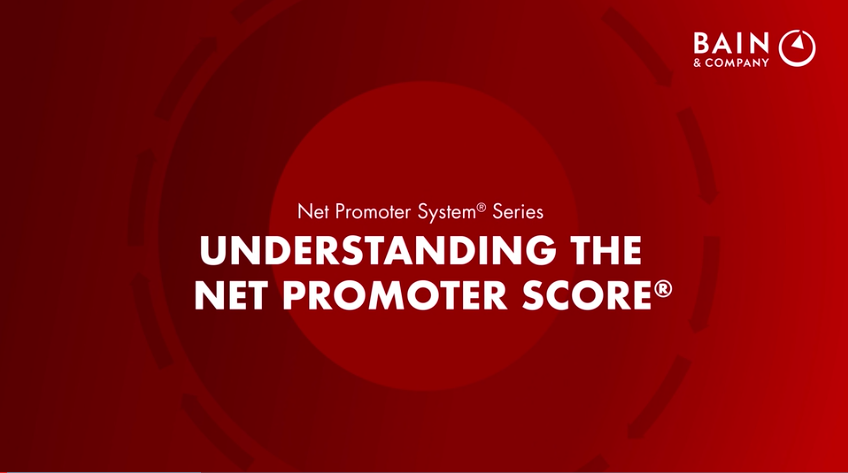12.2 Customer Satisfaction Isn’t Enough
Customer loyalty and retention are the holy grail in sales—and in all areas of business, for that matter. Loyal customers are how successful businesses are built. Not only is it easier to sell more to existing customers, it is financially prudent to do so. Some companies have increased their profit by as much as 100 percent by focusing on retaining an additional 5 percent of customers. Harvard Business says it costs 5 to 25 more times to sell to a new client than an existing client so a big focus should be on retaining existing customers.
Follow-Up, Feedback, and Fans
Earlier in this chapter, the five elements of follow-up were discussed including getting feedback from customers. This concept is so important, it’s worth drilling a little deeper into it. It is loyal customers who buy more from you in the form of more products and services more often. Companies that focus on creating customer loyalty usually invest in developing an effective customer feedback loop, a formal process for gathering, synthesizing, and acting on customer feedback. The most successful customer feedback loops are simple, focus on understanding what is important to customers, and empower front-line employees (i.e., those who interact with customers on a day-to-day basis, such as salespeople). For example, Charles Schwab, an online investment services company, has a process whereby managers review customer feedback daily from comments on the company Web site, transactions, and other communications with the company. Managers and sales reps respond personally to negative customer comments. Simply asking customers what they think can defeat the purpose if companies don’t act quickly on the feedback.
One Simple Question
Successful companies have found that customers can be more than customers; they can be advocates, supporters, promoters, and fans. It’s these passionate fans that not only spend their money with these companies but also tell their friends and ultimately their friends’ friends to patronize the company. The mutual admiration of brand and customer starts with the culture of the company. Those companies that not only listen to their customers but also engage them in communities, new product development, and other improvements are the ones that have a maniacal focus on the customer. They get it.
Many companies have found that Net Promoter Score (NPS) is the ideal customer feedback tool because it is simple, keeps the customer at the forefront, allows frontline employees to act, thereby closing the customer feedback loop.[1] Net Promoter Score is based on asking customers the ultimate question: “How likely are you to recommend this product or company to a colleague or friend?” It uses a scale of 1-10. Scores from 0-6 are considered to be negative responses, or “detractors.” Scores between 7-8 are neutral, or “passive.” Finally, scores of nine and ten symbolize positive experiences and are called “promoters.”[2] It’s quick, easy to record and analyze the results and doesn’t require a huge time investment from the customer.
To implement a NPS, you survey customers and ask them “On a scale from 0-10, how likely would you recommend us to a friend. Tally the scores.
- Promoters (customers who answer with a 9 or 10). These are customers who are advocates or loyal fans who will willingly tell their friends to do business with the company.
- Passives (customers who answer with a 7 or 8). These are customers who might be categorized as satisfied, but do not enthusiastically support the company. They are vulnerable to competitive offerings.
- Detractors (customers who answer with a 0 to 6). These are customers who are not happy and are likely to pass along stories about their bad experiences to their friends via word of mouth or social networking.
Companies usually disregard the passives, subtract the percentage of detractor responses (customers who would not recommend you) from that of the Promoter responses (customers who would recommend you) and the end result is the Net Promoter Score.
Net Promoter Score Example
Assume that Widgets Inc. received the following ratings:
- Promoters (score of 9 or 10) = 60%
- Passives (score of 7 or 8) = 30%
- Detractors (score of 0 to 6) = 10%
The Net Promoter Score for Widgets Inc. is calculated as follows:
- 60% − 10% = 50%
- Promoters − Detractors = NPS
The Widgets’ company score is low—50% and so there is opportunity for the company to improve, reach out to detractors and learn how to be better and connect with their promoters to see if they can leverage word of mouth and loyalty. Consistently surveying customers and learning about how to improve is helpful and so it is always recommended to leave space on the NPS survey for qualitative feedback about how you can improve. The main purpose of NPS is to evaluate brand loyalty. This is important because, as we have already learned, it is more effective (cheaper) to keep customer than to continually acquire new customers.[3] Research from Bain & Company found that an increase in customer retention of only 5% can increase profits up to 95%. So, while you want to attract and convert new customers, retaining and empowering existing customers has an even higher ROI.
Watch the video Simon Sinek talks culture with Zappos CEO Tony Hsieh and listen to CEO Tony Hsieh talk about why Zappos is a fan favourite.
Watch the video Understanding the Net Promoter Score and learn about how Net Promoter Score changes the way companies do business.

- Markey, R., Reichheld, F. & Dullweber, A. (2009, December). Closing the Customer Feedback Loop. Harvard Business Review. https://hbr.org/2009/12/closing-the-customer-feedback-loop ↵
- Fontanella, C. (2022, March 23). Hubspot. https://blog.hubspot.com/service/strategies-to-obtain-customer-feedback ↵
- Bernazzani, S. (2021, July 19). The ultimate guide to your Net Promoter Score (nps)[blog post]. Hubspot. https://blog.hubspot.com/service/what-is-nps ↵

